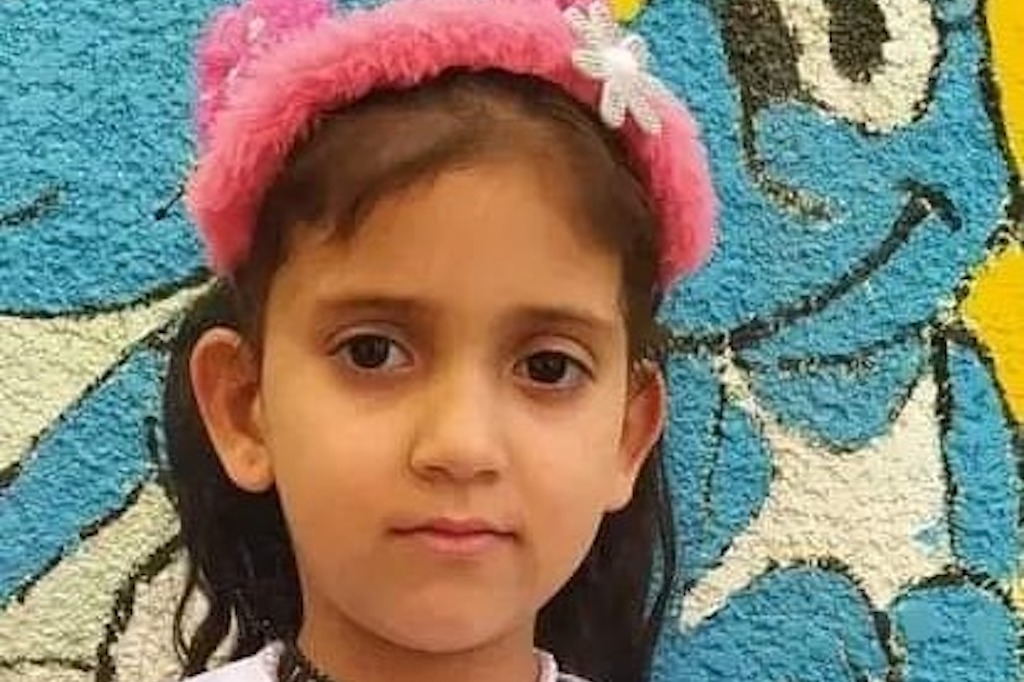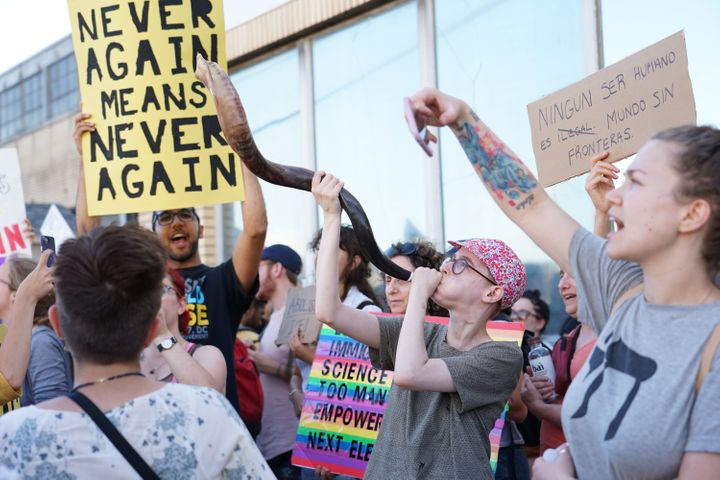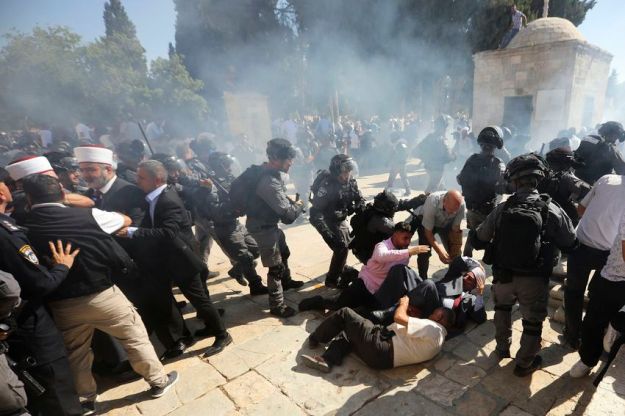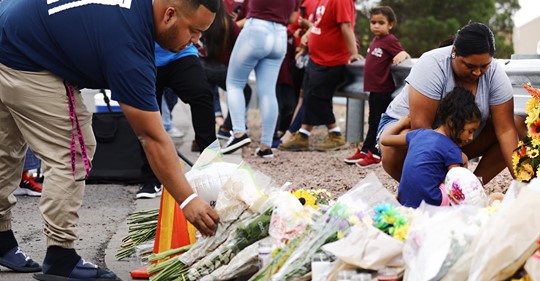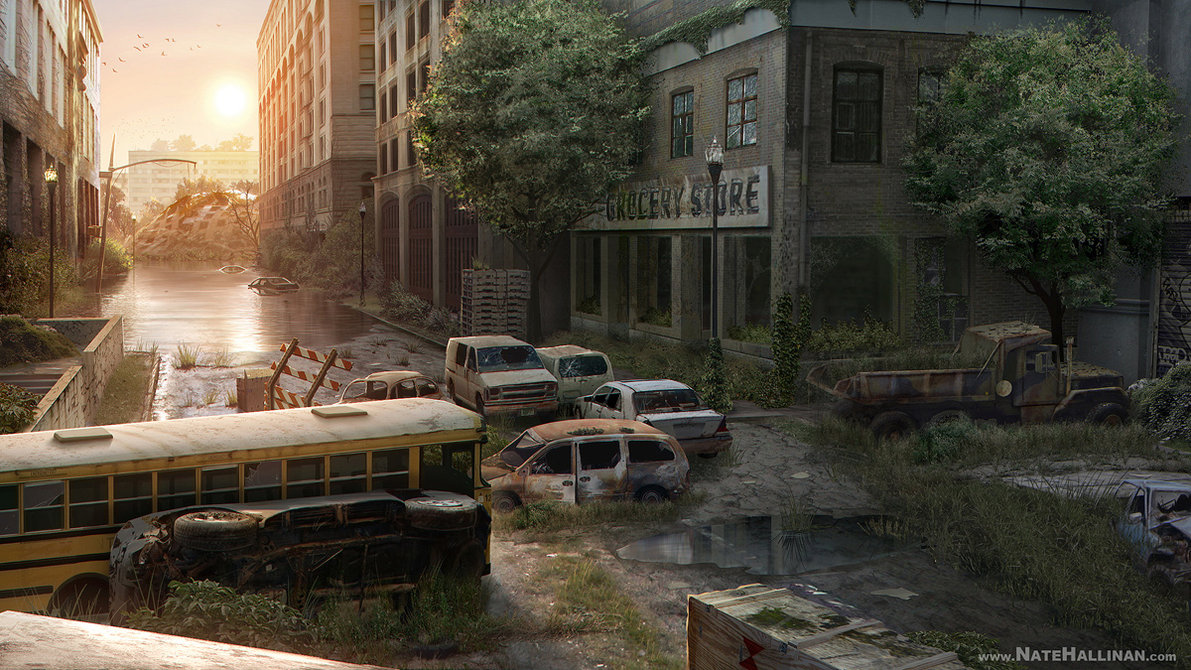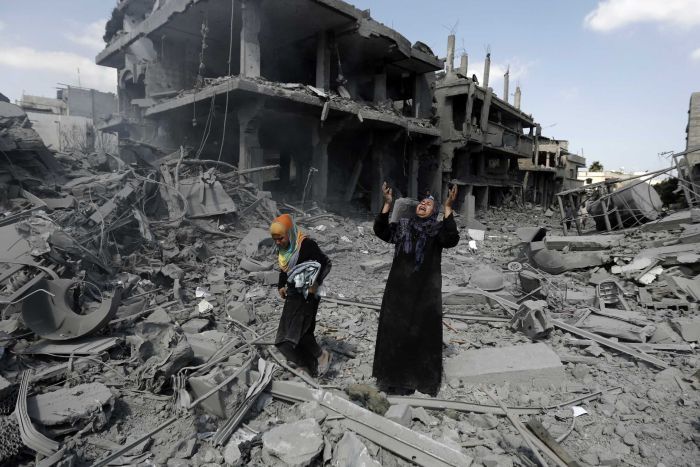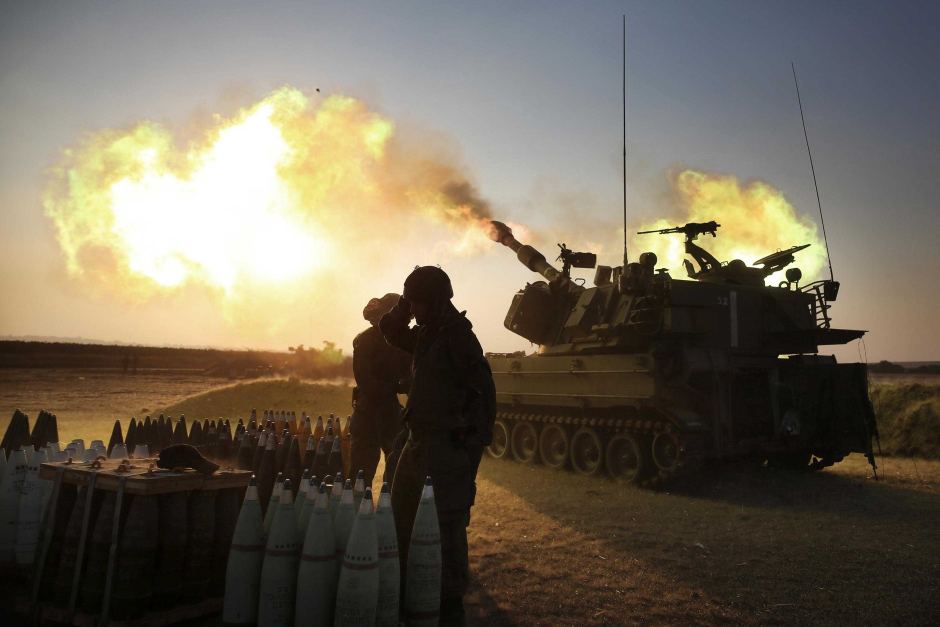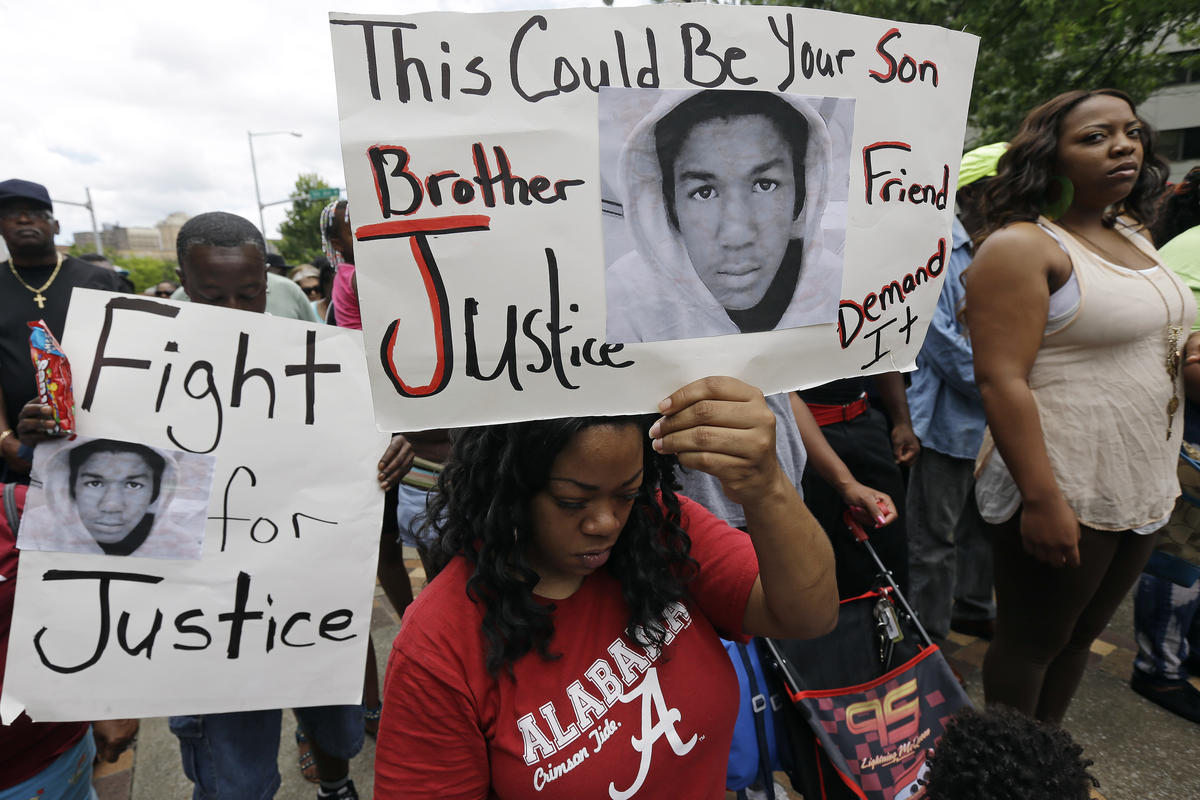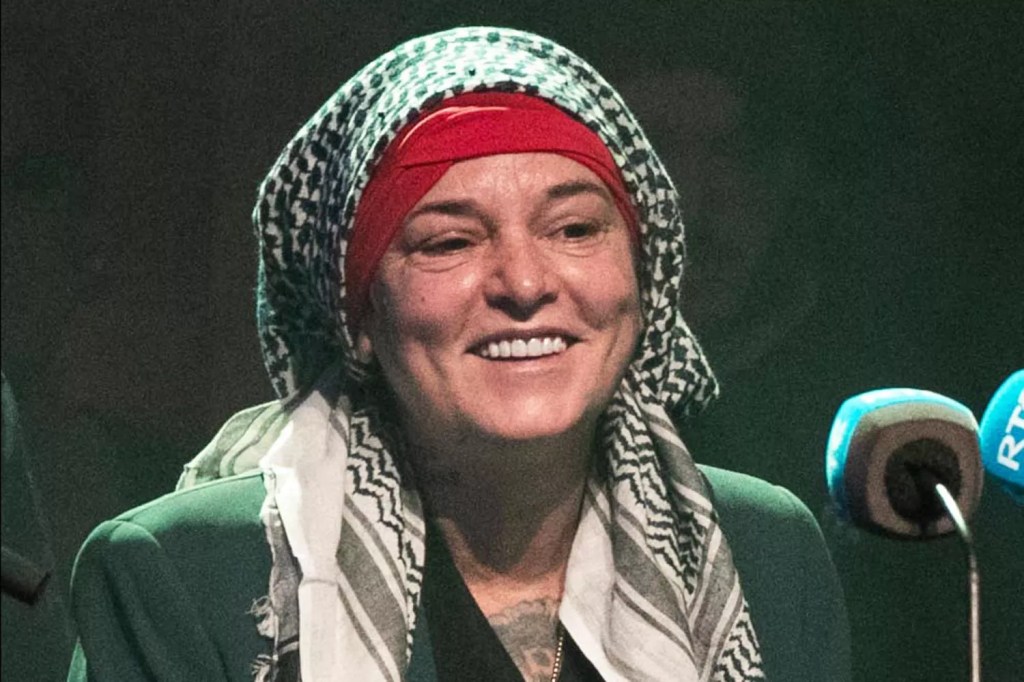
On July 26, the eve of the Jewish festival of Tisha B’Av, I learned, along with the rest of the world, about the death of the great Irish singer/songwriter Sinéad O’Connor. Her death has filled me with a great sadness – like so many, I’ve been a huge fan of her amazing voice, her powerful music, her emotionally raw artistry. But more than that, Sinéad O’Connor was for me a true moral role model – an artist/activist who was true to her vision and ideals and was consistently willing to pay the price for it.
By now her brave public stands have been well covered: her protest at the 1989 Grammys over the erasure of rap music from the program, her request that the American national anthem not be played before her performance at a New Jersey arena, and of course, the incident that essentially ended her career as a musical superstar: when in 1992 she ripped up a picture of the Pope on Saturday Night Live in response to the cover-up of widespread sexual abuse by the Catholic Church.
I recall well the vitriolic rage and ridicule that was directed at her in the days and years after that incident. But for me – and for many – it was precisely her willingness to speak truths no matter the consequences that made her one of the most important artists of our day. She was true and consistent to her ideals – for her there was simply no other way. And of course, despite the vitriolic rage and ridicule, we know now that she was right all along. (And I know that history will eventually vindicate her refusal to perform in Israel in 2014, saying, ““Let’s just say that, on a human level, nobody with any sanity, including myself, would have anything but sympathy for the Palestinian plight.”)
There are special souls in the world who can’t help but be true to themselves and to publicly speak truths to abusive powers, no matter what the cost. It’s not a matter of summoning up courage – it is really that they know of no other way to be in the world. And though such people are prophetically strong in so many ways, it seems to me that their strength often abides together with a certain fragility and vulnerability. Sinéad O’Connor was open about this aspect of her life as well: her experience of childhood abuse, her struggles with mental illness. I do believe that the brilliance, courage and creativity of many of our heroes stem in no small way from deep wounds of the soul. And although they appear so brave and strong to us, I wonder if we underestimate the extent to which the public opprobrium they endure wounds them all the more.
Sinéad O’Connor was a true and unabashed spiritual seeker – and her search was deeply reflected in almost every song she wrote. Though her post-1992 work was not nearly as well-known as her early popular hits, they truly deserve to be. It’s often occurred to me that most of her songs are genuine religious hymns. To take but one example, her 1994 song “Thank You For Hearing Me” is a kind of mantra; and on the surface it seems to be a simple litany of gratitude. But then it goes in an unexpected direction. For her, gratitude is not just a feeling; the gratitude we come by honestly emerges from the experience of pain and loss. In a sense, if we are to be truly grateful, we must be grateful for the all of our experiences: the good the bad and the ugly. Hence the final three verses of the song:
Thank you for holding me
And saying I could be
Thank you for saying “Baby”
Thank you for holding meThank you for helping me
Thank you for helping me
Thank you for helping me
Thank you, thank you for helping meThank you for breaking my heart
Thank you for tearing me apart
Now I’m a strong, strong heart
Thank you for breaking my heart
As I’ve listened to her music these past several days, I has occurred to me that Sinéad O’Connor’s death feels sadly, powerfully appropriate to the current Jewish season. I find it meaningful that we leaned of her death on the eve of Tisha B’Av, the festival that commemorates the trauma of the destruction of the Temple in Jerusalem. But now that Tisha B’Av is past, we are traveling through a period of consolation and hope, which will lead us into the month of Elul – and the season of forgiveness embodied by the High Holidays.
So in the spirit of this season, here are two of my favorite Sinéad O’Connor performances. The first, apropos of Tisha B’Av, her devastating song “Jerusalem” (described by one critic as “an anthem to living in a body that can feel like a war zone.”) The second, reflecting the truth of healing from trauma and loss, is her beautiful hymn of comfort, “This is to Mother You.” I can’t think of two more diametrically different performances – but taken together, I think they embody what made Sinéad O’Connor so very important to so many of us.
May her memory be for a blessing – and may her music continue to be a source of strength, healing and hope for us all.
